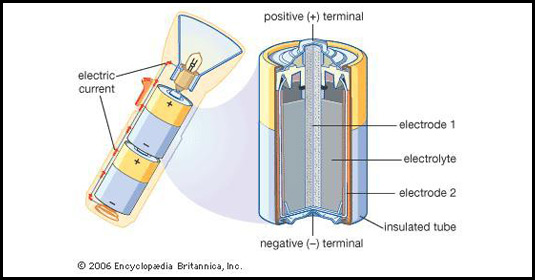Battery Made With Toxic Materials

Many conventional batteries contain materials that can be considered toxic or harmful to the environment. Here are a few examples:
-
Lead-Acid Batteries:
- Lead-acid batteries, commonly used in automotive applications and uninterruptible power supply (UPS) systems, contain lead, a toxic heavy metal. Improper disposal of lead-acid batteries can lead to environmental contamination.
-
Nickel-Cadmium (NiCd) Batteries:
- Nickel-cadmium batteries use cadmium, a toxic heavy metal. Cadmium poses environmental and health risks, and its extraction and disposal require careful handling to prevent contamination.
-
Mercury in Button Cell Batteries:
- Some button cell batteries, particularly those used in watches and hearing aids, used to contain mercury. Mercury is highly toxic, and its use in batteries has been phased out in many regions due to environmental concerns.
-
Cobalt in Lithium-Ion Batteries:
- While lithium-ion batteries are commonly used in various electronic devices and electric vehicles, the mining and processing of cobalt, a key component in some lithium-ion batteries, have raised ethical and environmental concerns. Cobalt extraction can lead to environmental damage and adverse health effects for workers.
-
Environmental Impact of Lithium Mining:
- The mining and extraction of lithium, a critical component in many lithium-ion batteries, can have environmental consequences. It may lead to water pollution, habitat disruption, and soil degradation if not managed responsibly.
-
Polyvinyl Chloride (PVC) in Battery Casings:
- Some batteries have casings made of polyvinyl chloride (PVC), which can release harmful chlorine gas when incinerated. Proper disposal and recycling practices are essential to mitigate these risks.
It's important to note that efforts are being made to address these environmental concerns and make batteries more sustainable. Research and development in battery technology aim to reduce or eliminate the use of toxic materials, enhance recycling processes, and improve the overall environmental impact of batteries. Governments and organizations also promote regulations and guidelines for the responsible disposal and recycling of batteries to minimize the release of harmful substances into the environment.
When using or disposing of batteries, it's crucial to follow local regulations and guidelines to ensure proper handling and recycling. Additionally, choosing rechargeable batteries and supporting recycling programs can contribute to reducing the environmental impact of battery usage.
Thank you.
